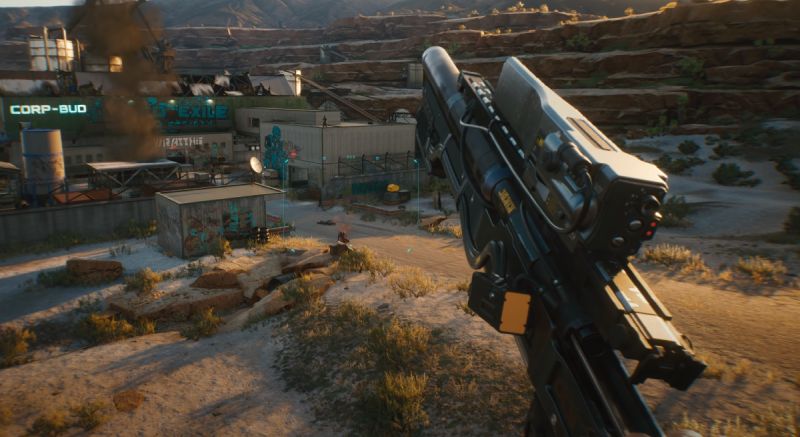Khronos Group, the developer behind Vulkan, announced that it recently released the necessary technology needed to bring and integrate ray-tracing into its API. Specifically, the group says that it has released the final version of Vulkan, GLSL, and SPIR-V extensions that should “seamlessly integrate” ray-tracing into its existing Vulkan framework. Depending on where you stand on the subject, Khronos Group’s announcement is both welcome and an important milestone. As it stands, the only way game developers are able to bake ray-tracing into their titles is through Microsoft’s DirectX Ray-tracing (DXR), that in turn available via through the company’s DX12 Ultimate API. It’s how titles such as Control, Shadow of the Tomb Raider, and the upcoming Cyberpunk 2077 will be able to simulate ray-tracing-related features, including ray-traced reflections and global illuminations.
What makes Vulkan’s new ray-tracing extensions even more interesting is that it doesn’t require a dedicated RT core to work, although it would help. Theoretically, any GPU could run Vulkan RT with just its GPU Compute core, but again, it’s unlikely that we’ll see any sort of groundbreaking performance. As to when we will see Vulkan RT, that all depends on how soon game developers are willing to integrate and implement the new API into their titles. For now, it’s unlikely that we’ll see it appearing anytime soon. (Source: Khronos Group, Techspot // Image: Techspot)
